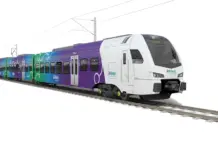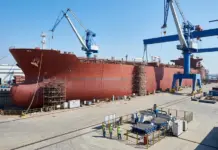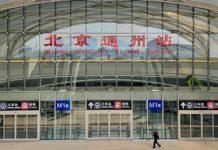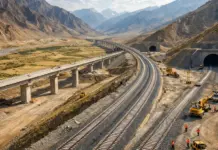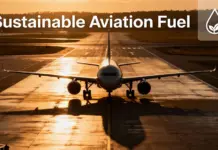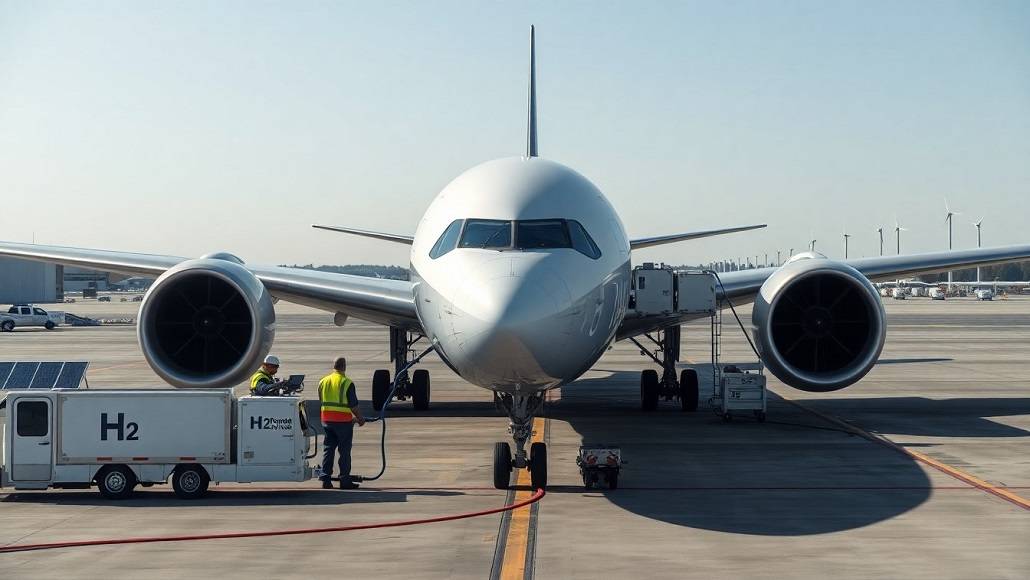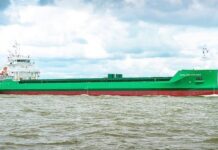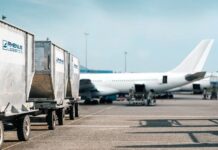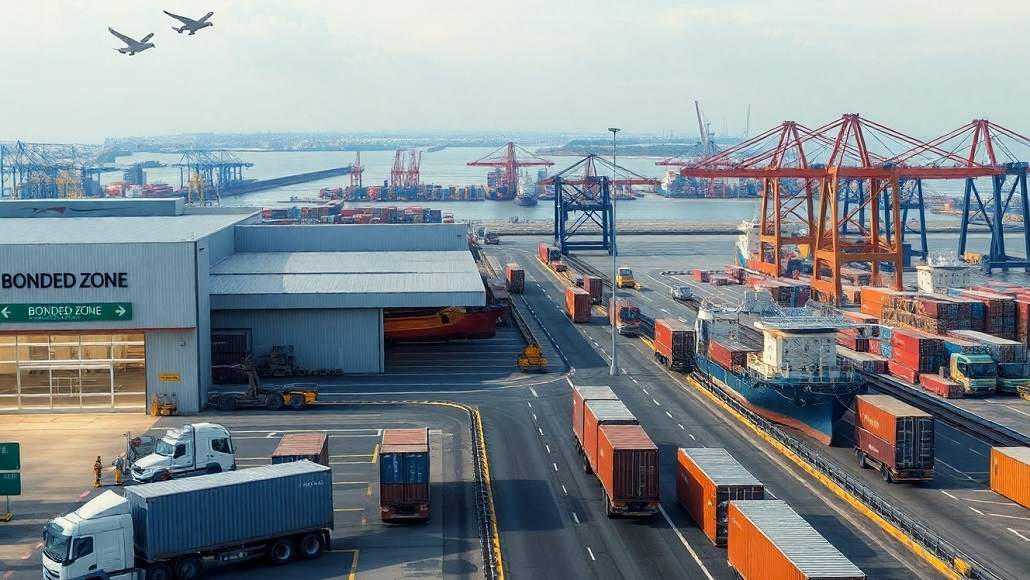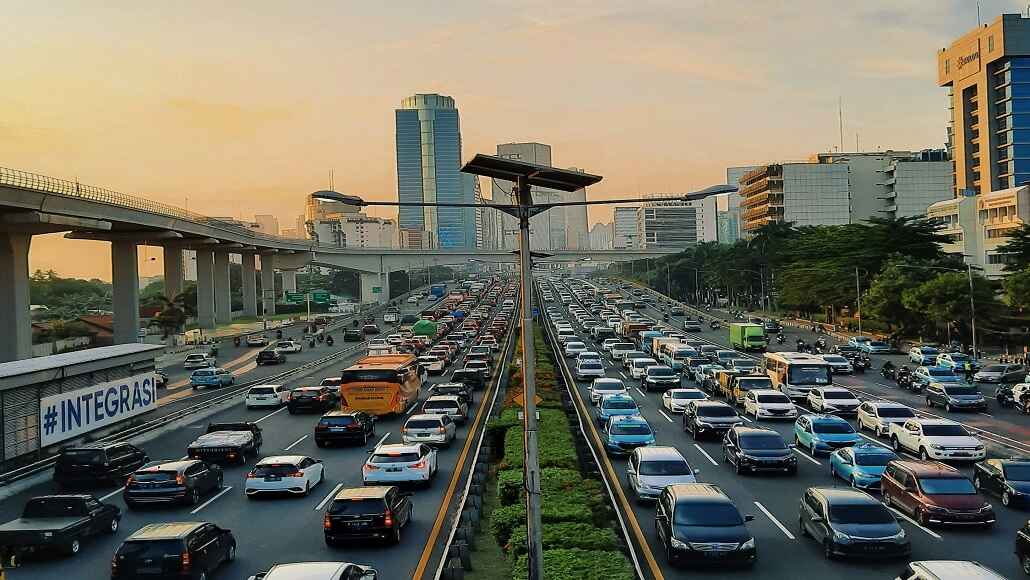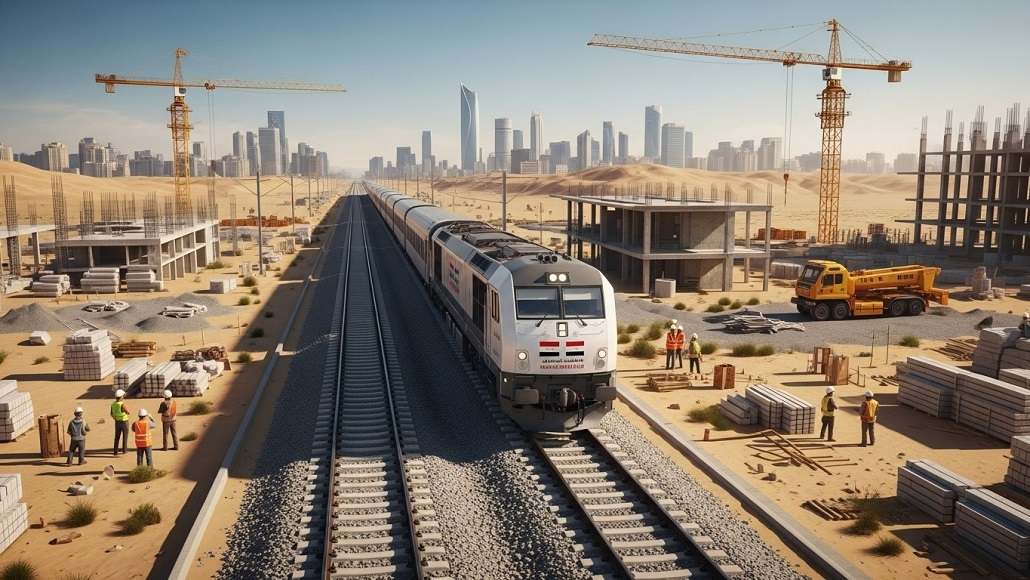The World Bank Board of Executive Directors approved a US$930 million loan on June 24 to improve Iraq’s railroads, boost trade inside the nation, create jobs, and diversify the economy. The Iraq Railway Extension and Modernisation (IREM) Project made the railways and services better between Mosul in northern Iraq and Umm Qasr Port in southern Iraq. made it simpler for individuals to use sustainable transport systems and services, cut down on travel time, and increased the amount of freight that could be moved.
Regional railroads in the Middle East came back, which made it simpler for people to go about and boosted the economy. It also made commerce routes within the region and with Asia and Europe better. One of these regional projects was the Iraq Development Road (IDR), which was announced in May 2023. Its purpose was to make Iraq Railway an important transportation by connecting the Gulf region to the Turkish border and subsequently to Europe. The IDR boosted trade in Iraq and the surrounding region significantly better by making it easier to get to existing ports and infrastructure. The train infrastructure in Iraq wasn’t highly linked, was in horrible repair, and didn’t receive enough money. Investing in the present railway system is a crucial first step towards making connections better on both a national and regional level.
“As Iraq shifts from reconstruction to development, enhanced trade and connectivity can stimulate growth, create jobs, and reduce oil dependency,” said Jean-Christophe Carret, World Bank Middle East Division Director. “The IREM project is vital for transforming Iraq into a regional transport hub and helping achieve the IDR’s goals of improved connectivity and economic diversification and growth.”
The IREM project cleaned up and brought up to date 1,047 km of outdated railroads that linked Umm Qasr Port to Mosul via Baghdad. The Project repaired the Baiji maintenance facility, acquired new locomotives and rolling equipment, and received all the tools and materials it required. Project operations stimulated private investment in developing dry ports and logistical centres, which led to long-term, high-skill jobs. The IREM project made trains safer by putting in place a complete Safety Management System, strengthening the infrastructure, making level crossings safer, boosting community awareness, being ready for emergencies, and teaching staff. The Project helped the Iraqi Republic Railways (IRR) improve its performance as a company and as an organisation. It also came up with a Railway Sector Reform Action Plan and opportunities for private firms to become engaged. The Project also taught IRR employees and got women interested in the rail business.
The IRR’s work on the project was supervised by the Ministry of Transport. The project engaged a business from another nation to handle the Capital Expenditure (CAPEX) management. This business helped the IRR create the institutional ability to manage big CAPEX projects and make sure that the Project contract packages were implemented fast and effectively. The initiative was all about getting individuals and communities engaged in a real sense. It set up a planning and monitoring process that was led by the community. This manner, those who lived in the area and communities could receive regular information on how things were doing and have a say in any problems they had with the implementation.
By 2037, the reconstructed railway line carried 6.3 million tonnes of domestic freight, 1.1 million tonnes of exports and imports, and 2.85 million people. These comprised bulk items like cereals and construction supplies, as well as containerised items like industrial and consumer goods.
The railway passed through eight of Iraq’s governorates, making the country better linked, and benefitted almost 17 million people. The changeover from cars to trains made the roads far less damaged and saved a lot of money on maintenance each year. The Project offered workers more than 3,000 full-time jobs in construction over the course of seven years. By 2040, when trains began operating and the industry flourished, the Project was intended to provide 21,900 jobs every year.





